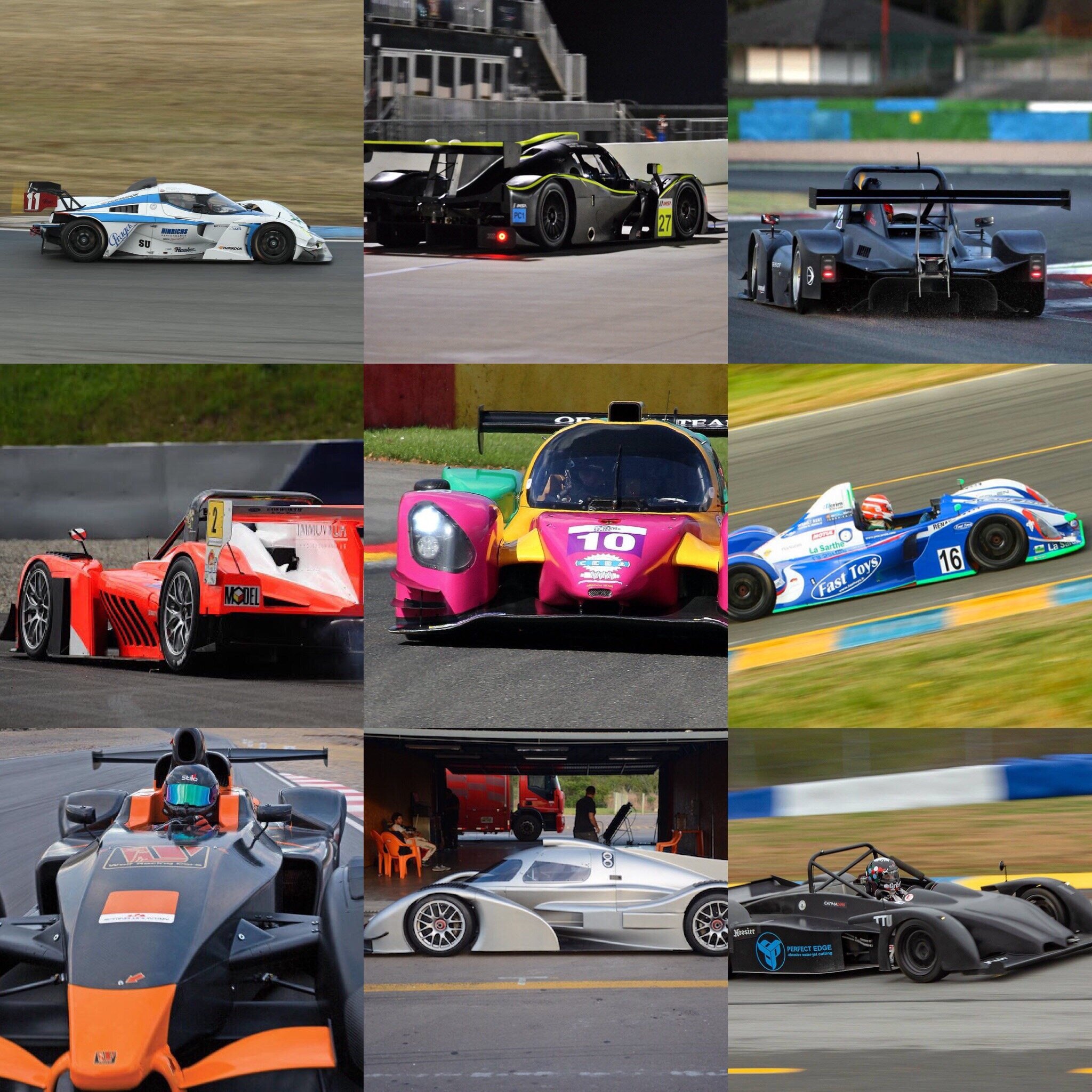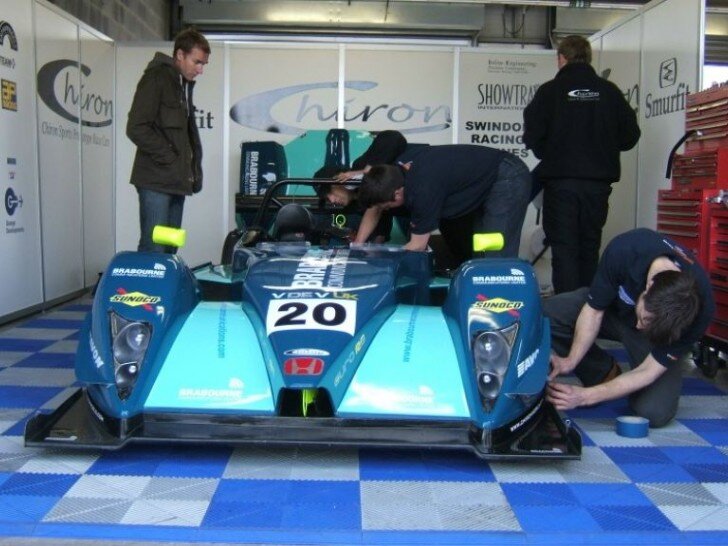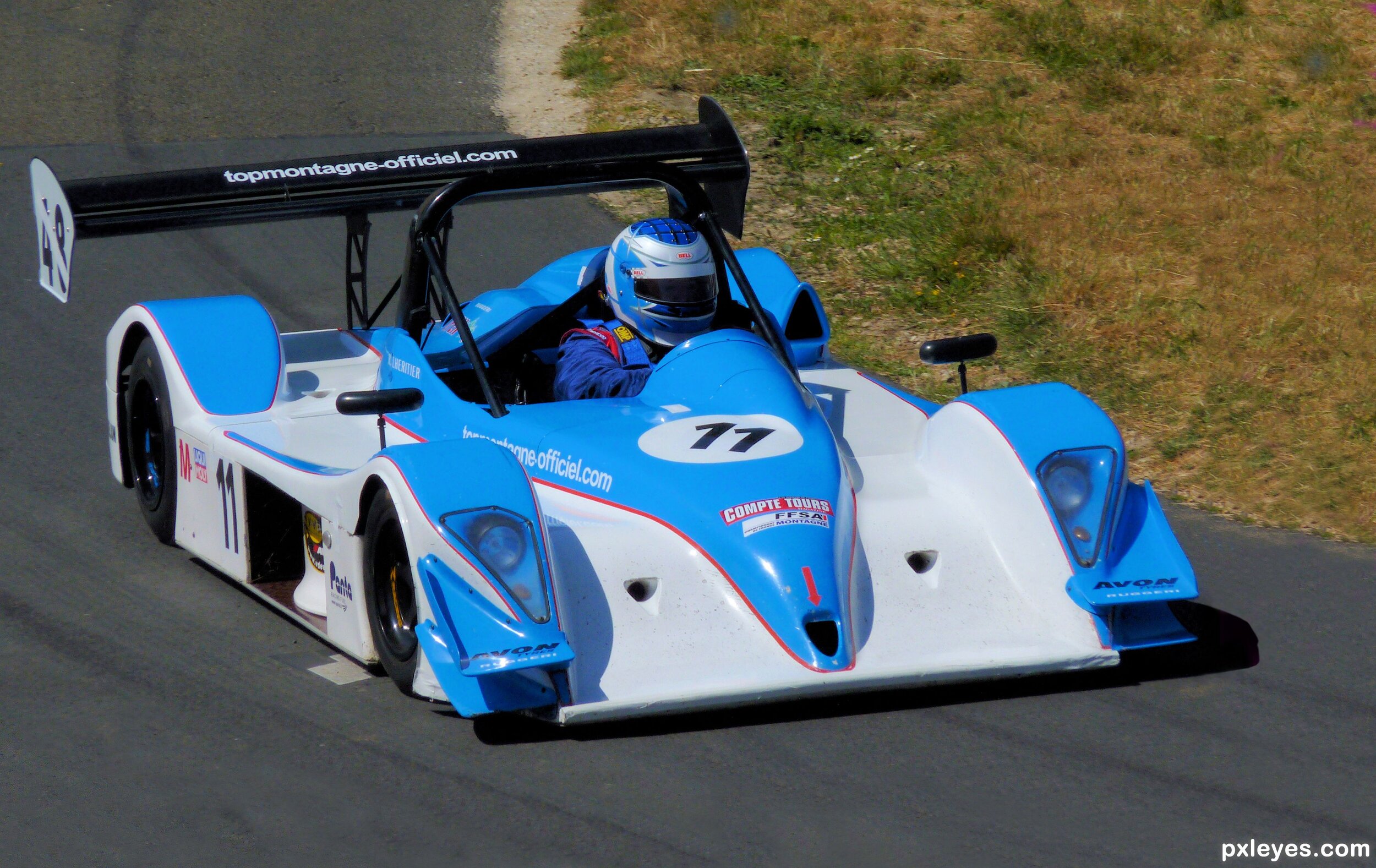FIA CN
The FIA CN class of sports prototypes is pretty vague for most individuals within racing outside of Europe. It is a class that many sports prototype manufacturers have designed and built cars for, although outside of Europe, these cars are mixed into many of the national and regional categories with similar regulations. A good example of this is Sports Car Club of America’s P1 and P2 class. The earlier generation CN prototypes fit into the P2 class, while the newest generation fits into the P1 class.
The FIA CN class was started in the mid 1990’s, loosely based off the SR2 prototype class of FIA International Sports Racing Series (FIA ISRS) and FIA Sports Racing World Cup (FIA SRWC). FIA CN cars were included in the 1998 FIA ISRS championship, as the CN class; underneath SR1 and SR2 classes. They were primarily using six cylinder engines, Alfa Romeo V6 and BMW inline-6 mostly. A stark contrast to the Honda 2.0L, Renault 2.0L, and Peugeot 1.6L Turbos used in today’s FIA CN sports prototypes.
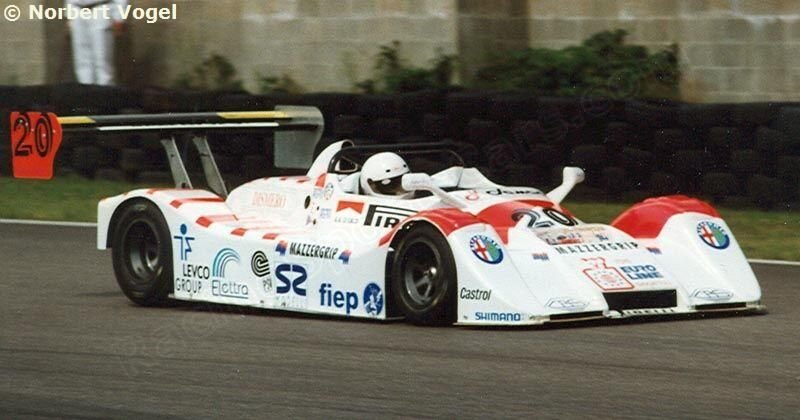
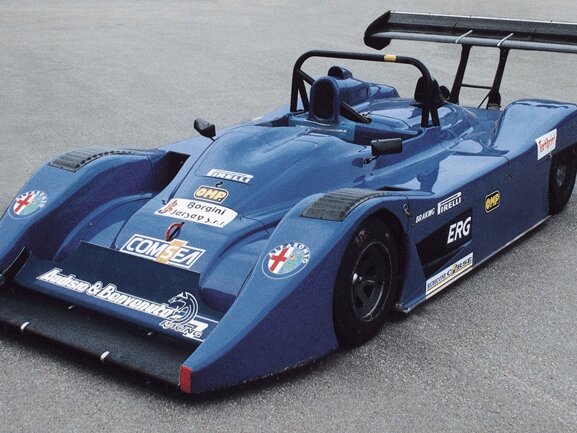
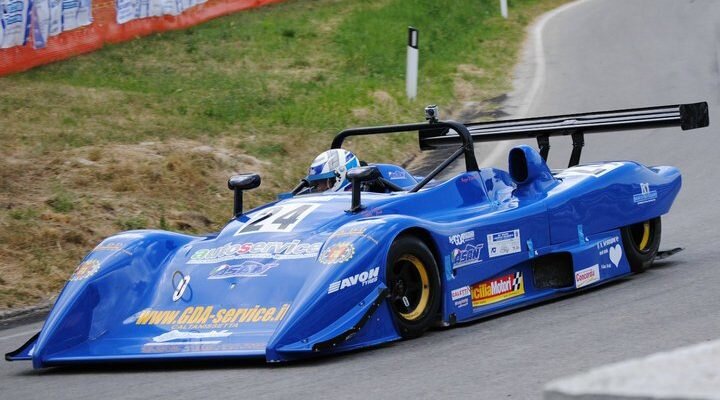
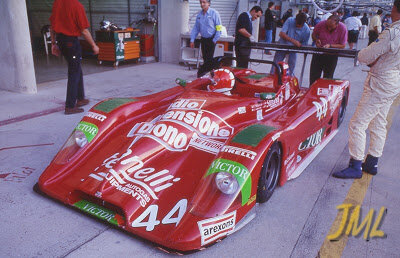
The FIA CN class can effectively be split into three generations based on regulations, build materials, and chassis design. The first generation being from the mid-1990’s to the late-2000’s. Where the cars were using a variety of engines and engine sizes, bodies were fiberglass, chassis were steel tube-frame with aluminum paneling, and gearboxes were transitioning from H-pattern in the beginning to bump-sequential towards the end of the 2000’s.
The second generation, starting around 2010 to around 2016, would see a shift in engine preference and chassis construction. Although not specifically allowed by 2011 FIA CN regulations, carbon fiber started making its’ way into the category. With Wolf Racing Cars being one of the first manufacturers to introduce a carbon tub for their Wolf GB08 chassis. At the start of this generation, most chassis were built the same as the first generation; Fiberglass bodies and steel tube-frame with aluminum paneling. However, with the introduction of carbon fiber into the class, cars built at the end of the generation were starting to see carbon fiber tubs. While other manufacturers still used a steel tube-frame design, some chassis were starting to use carbon fiber paneling as opposed to the previous aluminum panels. The engine of choice was clear, the 2.0L Mugen Honda K20. A very stable, production-car based inline-4 engine that was very reliable and produced around 250 hp. As well, SADEV and Hewland were the main choices of sequential gearboxes for chassis manufacturers. Paddle shift systems were also introduced in this time frame, becoming quicker and more precise than the more “analog” bump-shift sequential that were common in previous years.
The final generation, which ranges from 2016 to now, has shown an almost complete shift to carbon fiber for the most competitive manufacturers; Carbon fiber tubs, carbon fiber bodywork, and carbon fiber aerodynamic parts. The engine preference has changed again, with some manufacturers exclusively using a turbocharged Peugeot 1.6L inline-4 and others still using the 2.0L Honda K20 engine.
One of the most incredible parts of the FIA CN class is that these prototypes are essentially open in design, with just a few size restrictions and the mandate of a two-seat cockpit design. The gearbox has to have six gears plus reverse and engine can be 1000cc all the way to 3000cc with varying ballast balancing the chassis and engine performance. Engines can only have a maximum of six cylinders, but no restrictions on engine layouts (inline, flat, boxer, V, etc). The cars are required to have a flat bottom, as opposed to tunnels like Group C in the 1980’s; although no restriction on wing type or splitter shape, for the exception of size limitations. As you can see in the photos above, these somewhat open-ended regulations helped provide a massive variety of chassis designs. Putting the minds of many keen engineers to work, trying to find the best aerodynamic solutions. Completely shelving the boring idea of one-make spec series and capturing the essence of what sports prototypes and Le Mans prototypes were meant to be.
Another brilliant part of the FIA CN class, is that the cars fit into most championships extremely well. In North America, you can find FIA CN chassis competing in SCCA’s P1 and P2 championships, NASA’s Super Unlimited, FARA USA’s FP-2 class, HSR and SVRA’s Group-11 modern sports racers, and in varied endurance races across the United States and Canada. In South and Central America, these cars are eligible for most of the large endurance races like the 6 Hours of Peru and 6 Hours of Bogota, as well as series like Endurance Brasil. In Africa, FIA CN cars can run throughout South Africa, in sprint racing, hillclimbs, and their national endurance championship (South African Endurance Series). You could also race them in Angola and at Dakar’s Circuit de Dakar Baobabs. Within Europe, you have series like Master Tricolore Prototipi, V De V, Trophee Tourisme Endurance Free Proto, and Ultimate Cup Series that cater directly to an FIA CN class. Whereas FIA Central European Zone, Belcar Endurance, Dutch Supercar Challenge, and many other regional and national series allow FIA CN sports prototypes to race in a prototype based class. At one point, Asian Le Mans Series had a class specifically for CN prototypes. As well in Australia, the Australian Prototype Series allows them into a general prototype classification.
Since 2015, LMP3 has (for the most part) officially replaced FIA CN as the stepping stone into European Le Mans Series’ LMP2 class. For this reason, popularity for the CN sports prototypes have fallen in favor of the newer LMP3 class. With only a handful of manufacturers actively pursuing development and creation of FIA CN prototypes. Other manufacturers are still supporting previously built chassis, but no longer interested in building a new FIA CN model.
The used (secondhand) market for FIA CN cars is strong at the moment, with some of the later generation cars going for $57,000 USD to around $90,000 USD in very good condition. Making these cars an excellent purchase for those looking to track day, race in sprint racing, hill climb, or race in endurance races.
FIA CN Manufacturers
Norma Auto Concept (Norma M20, M20F, M20FC) - (No factory website due to restructuring) https://www.auroramotorsports.com/
Ligier Automotive (Ligier JS49, JS51, JS53, JS53 Evo II) - https://ligierautomotive.com/en/vehicles/sports-prototypes/ligier-js-53-evo-2/#slide-fiche-tech-1
Wolf Racing Cars (Wolf GB08, GB08 Tornado) - https://www.wolfracingcars.com/wolf-gb08-tornado/?lang=en
Gibson Motorsport (Gibson GH19, GH20) - https://www.gibson-motorsport.com/gibson-gh20/
Tatuus Racing Spa. (Tatuus PY 012) - http://www.tatuus.it/Prototype.php
Bicknell Motorsport (Bicknell PS7) - http://www.bicknellmotorsport.co.uk/about-us.html
Juno Racing Cars (Juno SSE, CN09, CN2012, CN2016) - Defunct, no official website remains
Tiga Race Cars (Tiga CN2, CN212B) - http://www.tigaracecars.com/cars/cn-sportscars
Osella Corse (Osella PA21S Evo, PA21P Evo) - https://www.osella.it/wrp/en/osella-modelli/
ADR Engineering (ADR3 CN) - https://www.adr-engineering.co.uk/adr3-cn-racing-car.php
If you are interested in purchasing one of these cars or looking for more information on a specific chassis or manufacturer, please contact me: JesseG@VenturiMM.com We have a plethora of information and contacts associated with many manufacturers and used FIA CN sales.
Want your chassis or team in a Spotlight blog? Please e-mail us: JesseG@VenturiMM.com with photos of your chassis, internet links, information about your brand, and a brief history of your team, dealership, or brand.

